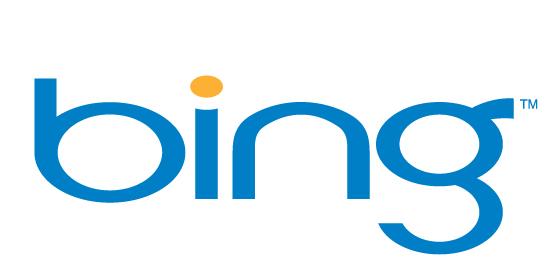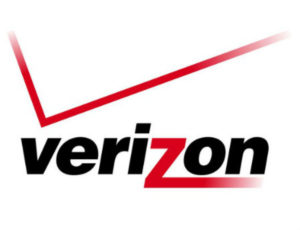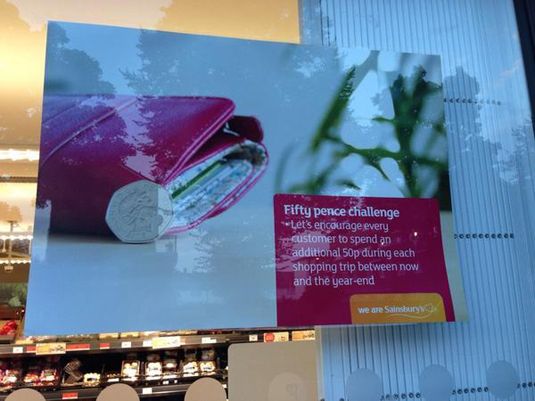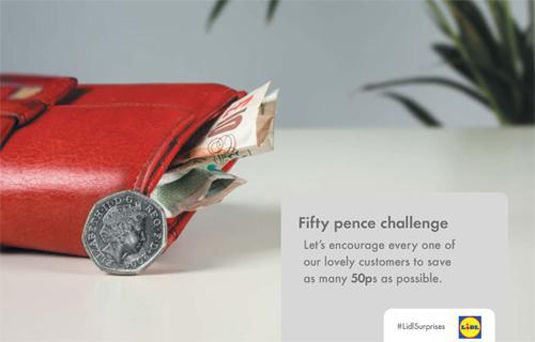
The List of What Not To Do!
If you’re a business getting ready to launch, or have recently launched your business, this list of bad branding examples is just for you, giving you ideas of what NOT to do.
This list is also for any company that is planning a re-brand, we give you some great real-life examples of bad branding and the everlasting impact it can have for your business.
6 – Bad Logos
Starting off the list we have perhaps the most obvious one which is just creating or rebranding a logo that just isn’t good. Now of course, logo designs are subjective but one thing we can all agree on is logos should let the customers know what the business is, either by words or imagery. For example if you start a company that sells shoes, not mentioning shoes in your business name or imagery will be confusing to first-time customers who won’t have a clue what you’re business is about.
There are certain exceptions such as huge corporate companies like McDonalds and Apple who just have a single image or the letter M, but that’s the difference. They’ve already established their brand over the years, so until you have a recognisable brand, it’s best to be clear to your customers with your logo. Also, try to be creative, or hire a creative person to design it for you. Remember, memorable & informative!
Here are some examples of big companies that had just plain bad logo designs.
5 – Copying Logos/Designs
Staying on the topic of logos as it is a large part (but not all) of your brand, some companies think it’s a good idea to “replicate” their biggest competitors by creating a logo or design that is almost identical to there’s that they’ll somehow win over the competition from it. Unfortunately, business & brand doesn’t quite work like that. In fact, that’s the exact opposite reason as to what makes a brand worth something. It’s the brand’s identity, it’s uniqueness that makes it stand out amongst the rest, not trying to be something they’re not. If you’re designing your logo for the first time or you’re rebranding, take into consideration what makes your brand unique to you.
Here’s what we mean by companies trying to replicate other designs.
4 – Bad Advertising
When it comes to advertising or promoting your brand to the public you need to take into consideration what this will make people think about your brand as well as what you want to achieve by advertising. Ultimately, the simple answer is you want to advertise to promote your business, to increase sales and make more money. At least that’s one of the reasons you advertise and that’s ok! There’s nothing wrong with having a goal to be a more wealthier business, but what’s not ok is jeopardising your brand in order to achieve this. Take Sainsbury’s for example, they posted this poster in stores across the country with the hope that they could increase pockets by encouraging people to spend a little more there.
That seems fair enough right? WRONG! Because they have done this at the expense of their brand. The idea of increasing profits is at the core of advertising but blatantly spelling it out is not the right way to approach it. In this instance it just makes you look greedy and that you just want more more more.
As you can imagine this advertising disaster was quickly removed by Sainsbury’s but the damage was already done to their brand and to make matters worse, supermarket competitor Lidl capitalised on Sainsbury’s mistake and released this similar ad not long after, showing people that they’re encouraging people to save their money and they’re not asking for more more more.
In short, the moral of the story is don’t jeopardise your brand through advertising to increase sales, it will not work!
3 – The Wrong Target Audience
So you’ve established the perfect product that will inevitably do well if branded and marketed to the right people. Now you’re ready to begin branding phase 1 you need to consider WHO this product is for and WHAT the audience will think of when seeing your brand. For example, you wouldn’t create a product such as an ultra-durable lightweight walking stick and spend your time creating a brand that appeals to the youth with bright colours and pictures of young people using them, would you? This is where a lot of businesses go wrong because their brand isn’t aimed at who it should be aimed at. You need to know your potential customer inside out, who is this product for? What do they want to see? These are all the questions you need to ask yourself when designing a brand for the first time.
2 – Brand Attention
Phase 2 of the branding stage is once you’ve established your brand, customer etc you need to maintain it. Your brand is like a car and if not looked after properly it will not perform well and will let you down eventually. What we mean by this is don’t be afraid of innovation and change from time to time. Try new things like different ad platforms, put more effort into social media, start a podcast, make videos, promote it with some STKRS! 😉 The opportunities that you can do with your brand are endless so give your brand the attention it deserves!
1 – Forgetting That Brand Is All-Encompassing
This is the real one that a lot of people forget about or don’t realise at all and that’s the fact that your brand is more than just a cool logo or a unique colour scheme. It’s EVERYTHING to do with your business like your website usability, the cleanliness of the office, and how you answer the phone. It’s the way your emails look, your spelling and grammar, what your timekeeping is like, and whether your packaging is appealing. This is the reason we’ve adopted the phrase BRANDEVERYTHING it’s because it’s true, your brand IS everything associated with your business so make sure you make it the forefront of everything you do with your company.





